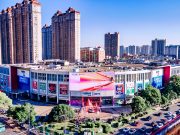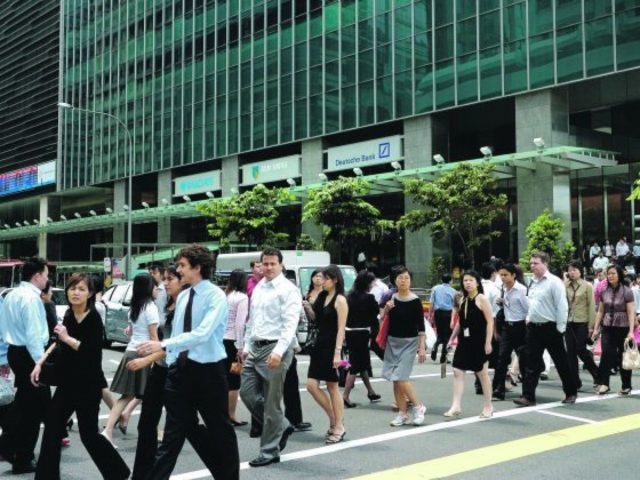Singapore, 26 Jan 2018 – After six years of rising layoffs, there was some relief for workers last year as retrenchments dipped.
There were 14,340 retrenchments last year, down from 19,170 in 2016, with improvements coming from the manufacturing and services sectors, according to preliminary full-year data released by the Manpower Ministry (MOM) on Friday.
The unemployment situation also improved over the second half of the year as economic conditions brightened, though the unemployment rate for the whole year was still higher on average than in the year before.
The annual average unemployment rate for 2017 for Singaporeans was 3.3 per cent, higher than the average of 3.1 per cent in 2016. Overall, the rate was 2.2 per cent, higher than the 2.1 per cent seen in 2016.
The unemployment rate measures the share of the labour force aged 15 and above that is able and willing to work, but is jobless.
But the quarterly rates came down towards the end of the year, with the turnaround in the economy over the past year bringing improvements to the labour market.
As at December 2017, the unemployment rate for Singaporeans, adjusted for seasonal variations, was 3 per cent, down from 3.5 per cent a year earlier.
The overall rate also improved to 2.1 per cent, down from 2.2 per cent, while the rate for Singaporeans and Permanent Residents combined was 2.9 per cent, down from 3.2 per cent.
The figures reflect better economic growth last year, which reached 3.5 per cent, more than double the initial forecasts.
But MOM cautioned that some challenges remain, saying in a statement: “While unemployment and retrenchments have eased in recent quarters, job-skills mismatch continues to be a growing structural challenge due to ongoing economic restructuring and shifts in the composition of the resident labour force.”
The recovery in the labour market was also seen in the number of local residents in employment, which grew by 21,300, or 0.9 per cent, last year.
This is almost double the growth in 2016, with most services sectors providing a boost, including community, social and personal services, financial and insurance services and transportation and storage.
On the other hand, the foreign workforce shrank by 32,000 over the year, mostly due to the decrease in Work Permit holders in construction and marine, said MOM.
This led to the economy employing fewer workers overall, a contraction of 0.3 per cent, the first decline since 2003.
Singaporeans whose incomes are at the median saw their earnings grow faster last year.
After taking inflation into account, real median incomes for Singaporeans in full-time work – which includes employer contributions to the Central Provident Fund – rose by 5.3 per cent year-on-year as of June.
This was higher than the 1.3 per cent growth in the previous year.
The MOM said this could reflect the pick-up in economic growth and continued upgrading of the workforce.
Low-wage workers also saw their wages rise in recent years, and at a faster rate than those at the median.
Over the last five years from 2012 to 2017, the real income growth at the 20th percentile for Singaporeans in full-time work rose by 4.3 per cent per year, higher than the growth at the median of 3.9 per cent per year.
The ministry said employment of local residents is expected to continue to grow this year, though with some unevenness across sectors.
It added that the growth will remain modest due to demographic trends like the ageing population.
The economy is expected to expand between 1.5 per cent and 3.5 per cent this year.
MOM said job opportunities remain available in the manufacturing and services sectors, and encouraged companies to keep transforming to remain competitive and create good jobs.
ST




































